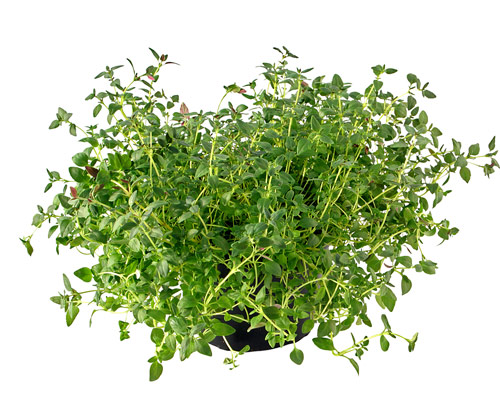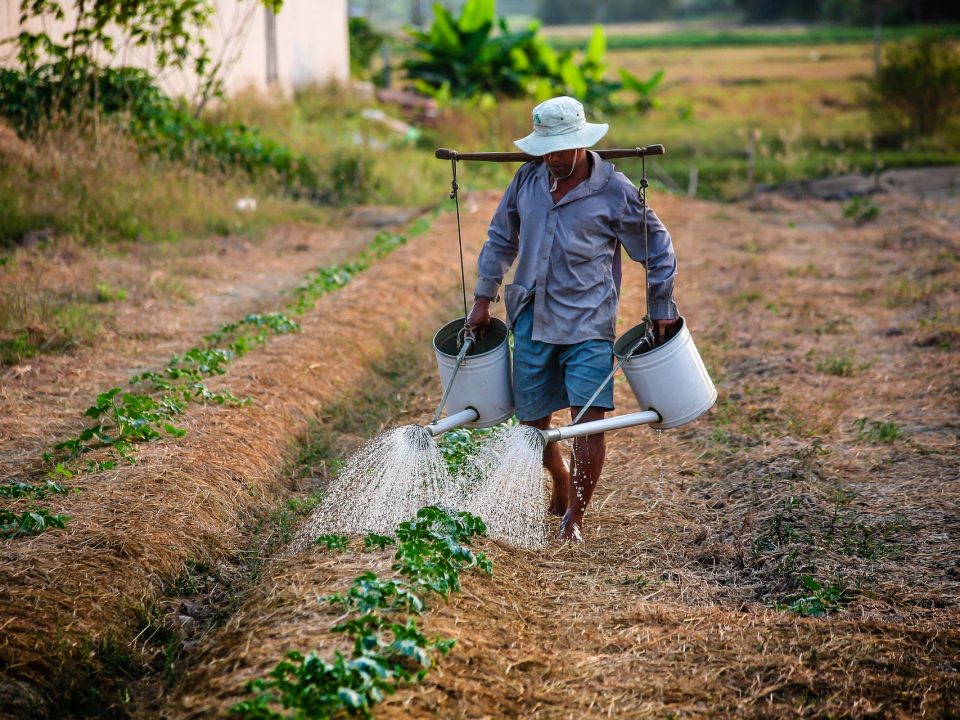ORGANIC THYME SEEDS

ORGANIC SUNFLOWER SEEDS
May 15, 2018
Tomato Growing Tips
May 15, 2018ORGANIC THYME SEEDS |
| General: Thyme is found extensively in many home organic vegetable gardens, it is both a decorative and a functional plant, and is used widely as a culinary herb. Thyme, belonging to the mint family, originated in Southern Europe, and today it is cultivated in most countries with moderate climates. Description: Cultivation and Harvesting: The seeds should be planted about 0.6 centimeters (1/4 inch) deep in rows 40 to 60 centimeters (16 to 24 inches) apart. When the seedlings reach 5 to 8 centimeters (2 to 3 inches) they can be transplanted. Thyme can be picked when needed at any time of the growing season. You don’t need to worry about picking too much at once because Thyme keeps growing back. If you would like to dry your Thyme, it should be harvested when the plant begins to flower. Uses: Medicinal Uses: |






